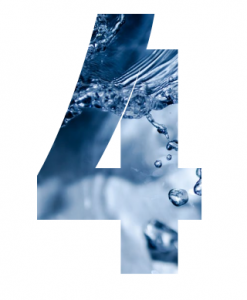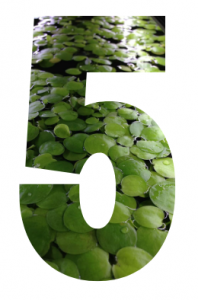Resources
There are many things you can do as a landowner to help keep our lakes clean. Even if you don’t live directly on the water, the actions that you take on your property can affect water quality. Did you know soil erosion carries phosphorus into waterbodies, triggering algae blooms?
Helpful resources for landowners
Septic System Tips (Dave Rocque)
Rules for cutting trees and plants
Plant Suppliers
Certified Contractors for the Shoreline (DEP Database)
Maine Plant Finder
Tips for fertilizers and pesticides
TOP 5 WAYS YOU CAN PROTECT THE LAKES
Leave it to nature
Native plants and trees soak up a huge amount of water and provide erosion control, privacy, and fish and wildlife habitat. Bushes, shrubs, and groundcover within the first 100 feet of lakes are protected by state and local laws and should be left undisturbed.
- Limit the size of your lawn.
- Define pathways to allow other areas to remain natural.
- Leave existing rocks and vegetation along the shore.
- Plant native plants where the buffer is lacking.
Maintain camp roads and driveways
Unfiltered stormwater can carry pollutants like phosphorus and chemicals from roads into lakes and streams. To prevent runoff from your camp road or driveway:
- Keep the road above the original ground level.
- Maintain a proper crown with regular grading to provide for good road drainage.
- Dust problems? Consider adding calcium chloride flakes. A good application can last 2-3 years.
- Rubber razors or open-top box culverts can divert water off the road, away from waterbodies.
- Ditches should be stabilized with vegetation or rock, directing water away from waterbodies.
- Ditches should be U-shaped as opposed to V-shaped, which are prone to erosion.
Control erosion
Any project that requires soil disturbance should be planned with erosion control in mind. Some important things to consider:
- Erosion control barriers (silt fences, hay bales, and berms) must be placed along a contour so that water does not build up in low areas.
- Silt fences and hay bales must be keyed in by burying the bottom 4-6 inches.
- Bare areas should be properly mulched with hay or straw to prevent erosion until vegetation is established.
Care for your septic
Poorly maintained or undersized septic systems are major contributors to water quality issues. To protect the lake:
- Septic tanks should be pumped every 2-3 years for year-round residents and every 5-6 years for seasonal residents.
- Conserve water. The less water you use, the better your septic system will work.
- Be cautious with drain cleaners and use bleach sparingly. Septic systems require living organisms to break down waste.
- Don’t use garbage disposals; they can overburden septic systems.
- Stay away from commercial products that claim to clean your septic tank without pumping.
- Don’t put paint or chemicals into septic systems.
- Don’t drive or park vehicles on top of your leach bed.
Watch out for invasives
Invasive plants in the lake can:
- Make swimming and boating difficult
- Displace native plants
- Create dense mats of plants in shallow areas
- Eliminate habitat for fish and animals
What you can do:
- Clean any plant material from your boat, trailer, and fishing gear.
- Pull drain plugs and drain the water completely between lakes.
- Avoid areas of the lake where plants grow.
- Talk to your friends and neighbors about this issue.
- Drain and dry your boat completely before entering a different waterbody.
Need more help? Learn more about getting a Clean Lake Check-Up or a LakeSmart evaluation!




